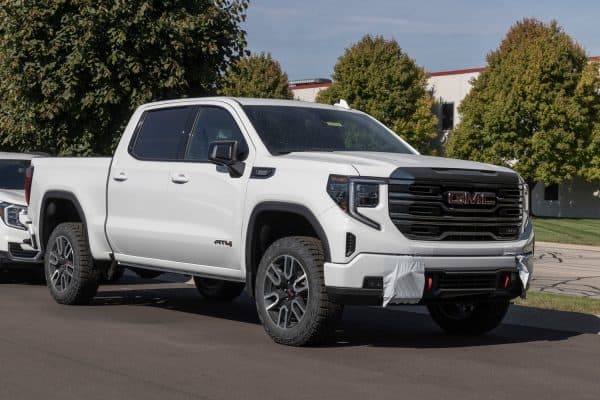Although different states have varying weight limits for unbraked towing, it is always safer to tow campers and trailers with their own braking systems. Of course, you should also ensure that you have the proper wiring and controller for your trailer brakes.
So how do you know if your truck is wired for trailer brakes? We've done the research for your convenience.
Having a towing or trailering package doesn't necessarily mean that your truck is already wired for trailer brakes. However, if you see a trailer brake controller on your dashboard and a 7-pin connector at your rear bumper, you're assured that your truck is wired for trailer brakes.
Would you like to know more about the proper use and installation of trailer brakes for your truck? Do read on because we've prepared some towing tips for you in the following sections.
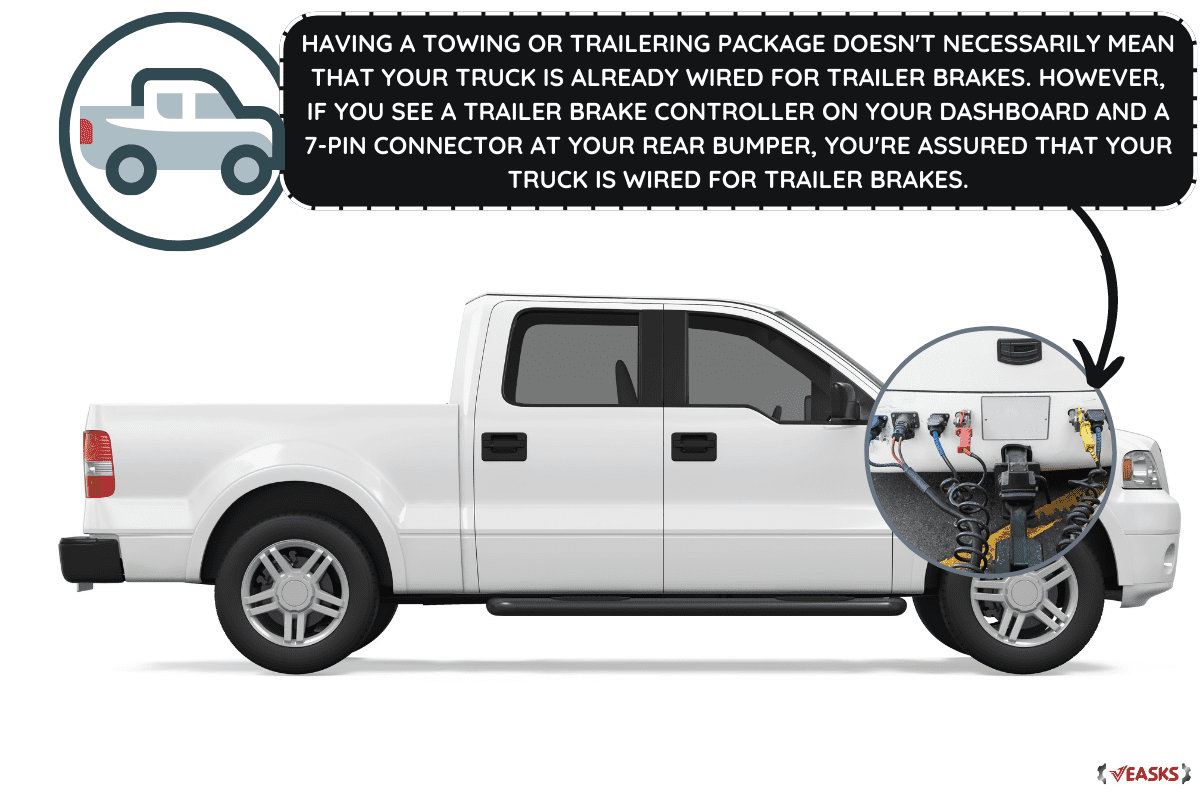
How Do I Know If My Truck Is Wired For Trailer Brakes?
Trailer brakes are crucial components for safe and legal towing activities, especially if you are pulling heavy loads.
Having an independent braking system for your trailer means that you have better stopping power and overall control over your towing setup - which includes your tow vehicle and your towed load.
Although unbraked towing regulations differ in various states, many automotive manufacturers recommend a maximum unbraked towing capacity of 1,000 pounds.
For example, the Toyota Tacoma and the Tundra both have a 1,000-pound unbraked towing limit, even though they belong to different truck size segments.
Whether you choose to follow your truck manufacturer's recommendation or not, you still have to abide by your state or country's towing regulations. So, if you want to test your truck's torque and towing power (and yes, even if it's a Honda Ridgeline), you definitely need a braked trailer.
How do you know if your truck is wired for trailer brakes? The easiest way is to check for two trailer brake circuit components:
- A 7-way trailer connector
- A trailer brake controller
How Do I Know If I Have A 7-Pin Trailer Plug?
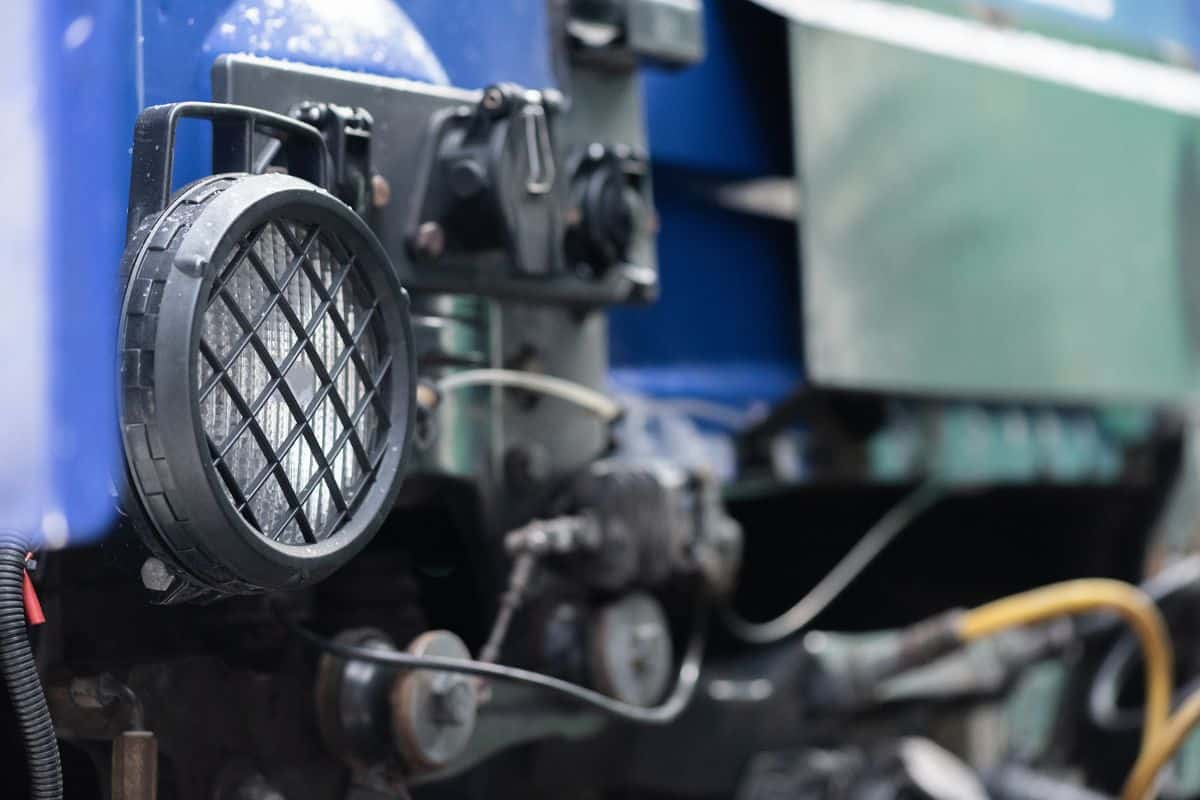
First, you need to see if you have a round, 7-pin, or 7-blade connector port somewhere on your truck's rear bumper.
This type of connector tells you that your truck can power and control the following features on your trailer:
- Running lights
- Turn signals
- Brake lights
- Reverse lights
- A 12-volt circuit
- Electric trailer brake circuit
Once you've confirmed that you have a 7-way trailer connector, you know that your truck can connect to a trailer with electronically-controlled brakes.
However, you still need to verify if you can control the trailer brakes from inside your truck. You will need a trailer brake controller to do this.
How Do I Know If I Have A Trailer Brake Controller?
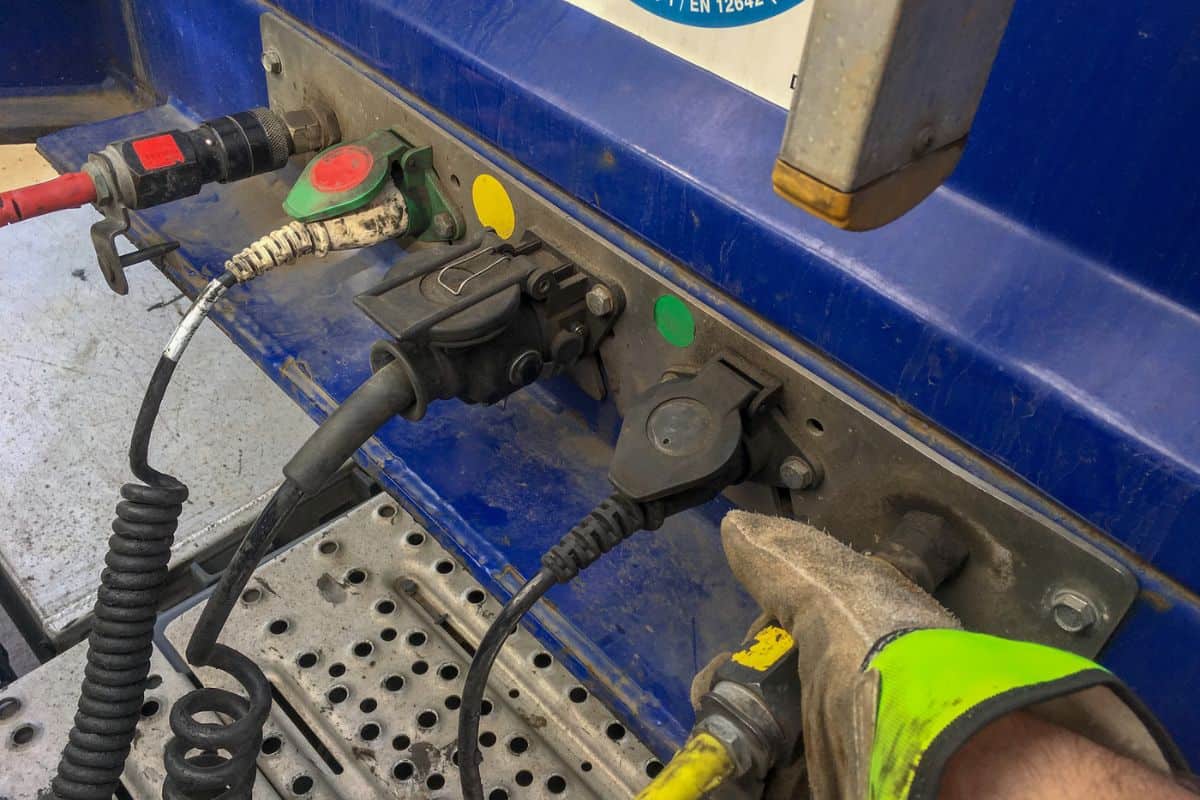
When buying a truck, many manufacturers require you to purchase a standard or heavy-duty towing package to achieve your vehicle's maximum towing capacity. In many cases, trucks with heavy-duty trailering packages already come with trailer brake controllers. However, this may not be true for all.
Standard towing packages, on the other hand, usually provide only a 4-way trailer connector. This type of connector only provides basic trailer lighting circuits and does not include a trailer brake circuit. Naturally, most standard towing packages also do not provide a trailer brake controller.
Factory-installed trailer brake controllers are usually mounted somewhere on the driver-side dashboard. They often have a trailer icon, a manual braking knob or button, and two automatic brake settings buttons (plus + and minus -).
The Ford F-150, for example, has a dashboard-integrated controller, as seen in the image below.
There are also aftermarket trailer brake controllers with different designs. Nevertheless, their functions and controls are still very similar to original equipment manufacturer (OEM) models.
Some newer controllers also have a brake boost button that increases the trailer's braking power, especially during emergencies.
Check out this popular trailer brake controller on Amazon.
Here's a video showing how you can tell if your truck has a trailer brake circuit included in its towing or trailering package.
How Do Trailer Brakes Work On A Pickup Truck?
As you may have already deciphered, trailer brakes assist your truck's brakes by stopping the wheels of your trailer from spinning. There are two general types of trailer brakes today: surge brakes and electric brakes.
Just to be clear, only the electric brakes need the 7-way connector to work. When using surge brakes, you can get by with a 4-way or 5-way connector.
How Do Surge Brakes Work?
Surge brakes, or overrun brakes, rely on the momentum of the trailer. When the truck brakes, the trailer's weight shifts forward toward the trailer hitch, where the master brake cylinder is mounted.
The weight then compresses the cylinder, which in turn increases brake fluid pressure on the trailer brakes. This applies the brakes to the trailer wheels.
When the towing vehicle accelerates again, the trailer's weight shifts towards the back. Because of this shift, the master brake cylinder decompresses and consequently releases the trailer brakes. Once the brakes are released, the trailer wheels begin to spin freely again.
One disadvantage of older surge brake systems is apparent during a few situations.
First, when reversing on flat ground, the towing vehicle will compress the trailer brake cylinder and apply the trailer brakes.
On older surge brakes, you can stop this compression by getting down your truck and using a manual locking pin on the hitch neck. However, newer surge brakes have a solenoid that can do this pin's function automatically when you put the truck in reverse gear.
Second, when you're starting from a standstill on an uphill road, you won't enjoy any "hill-start assist" function from your trailer. As the trailer's weight is biased towards the back, the brake cylinder remains decompressed.
Thus, your engine and transmission will have to work a little harder to get the trailer setup moving.
Here's a short video explaining the functions and nuances of surge trailer brakes.
What Activates Electric Trailer Brakes?
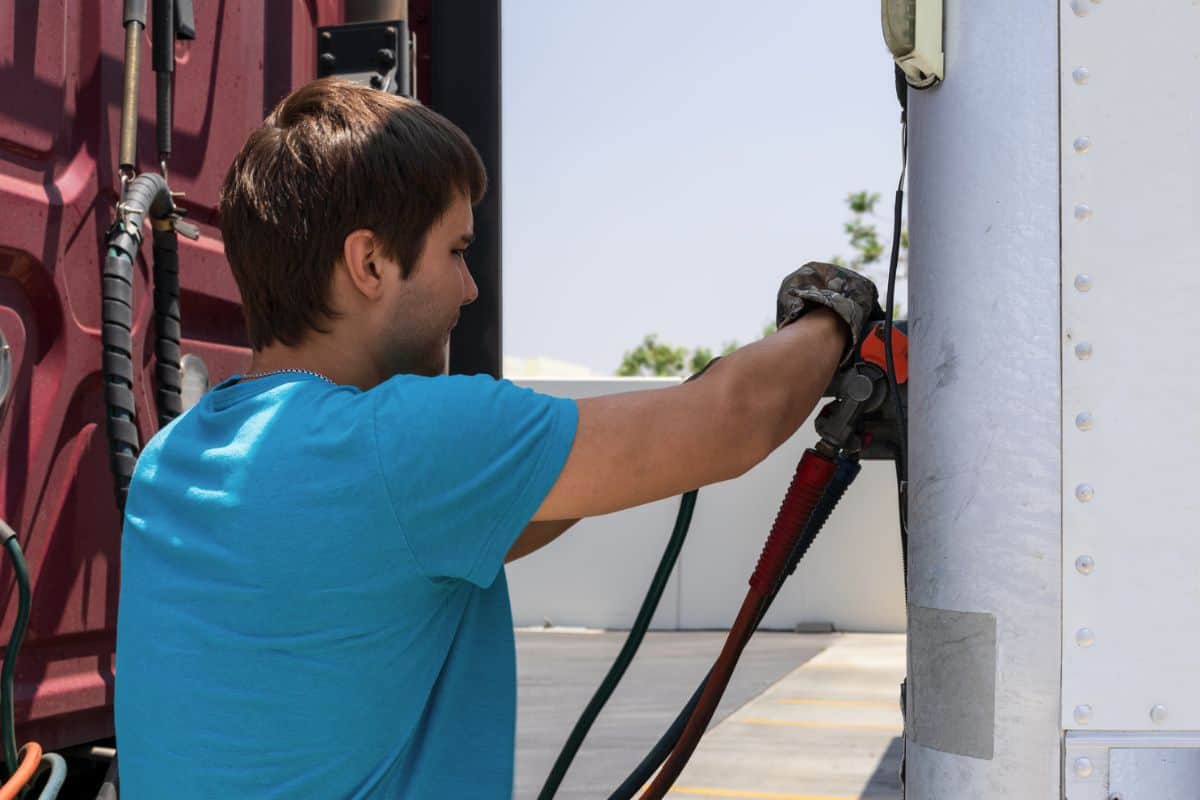
Many of today's electric trailer brakes, including OEM ones, activate automatically when the driver presses on the towing vehicle's brakes. The trailer's braking power depends on the setting of the brake controller.
You can make the trailer brakes stronger with the "+" button, or make them weaker with the "-" button.
You may also apply the brakes yourself using the manual trailer brake knobs, lever, or button.
This type of trailer braking activates in a traditional, non-proportional way. Whether you tap your brakes lightly or slam down on them, your trailer brakes will apply the force that you set on your brake controller. In most cases, the trailer brakes will activate after a little time delay.
Nevertheless, some controllers offer the option to manually apply the desired braking force using a knob, button, or lever.
Some newer electric brake controllers, however, can apply trailer braking force that is proportional to the towing vehicle's brakes. These controllers measure the momentum of the vehicle using an accelerometer, which is independent of the towing vehicle's brakes.
By continually monitoring the towing vehicle's momentum, the brake controller can send the appropriate voltage to the trailer brakes when needed. This way, the trailer can match the tow vehicle's speed smoothly.
Aside from smoother braking, non-proportional trailer brake controllers also provide a unique advantage on downhill roads where the driver uses engine braking. Even if the driver does not step on the brakes, the non-proportional brake controller will still send power to the trailer brakes due to help slow the descent.
Here's another short video covering the basics of electric trailer brakes.
How Much Weight Can I Tow Without Trailer Brakes?
As we mentioned earlier, different states have varying limits on maximum unbraked trailer towing. Most states allow unbraked towing of trailers up to 3,000 pounds in gross weight. However, this limit can be much lower or higher in some states. Here is a helpful list.
States with 3,000-pound unbraked towing trailer weight limit:
- Alabama
- Arizona
- Arkansas
- Colorado
- Connecticut
- D.C.
- Florida
- Georgia
- Hawaii
- Illinois
- Indiana
- Iowa
- Louisiana
- Maine
- Maryland
- Michigan
- Minnesota
- Montana
- Nebraska
- New Mexico
- Oklahoma
- Pennsylvania
- South Carolina
- South Dakota
- Tennessee
- Vermont
- Virginia
- Washington
- West Virginia
- Wisconsin
You should also check your local towing rules. For example, New York only allows 1,000 pounds, while Alaska permits up to 5,000 pounds.
Wrapping Up
If you purchased a truck with a heavy-duty trailering or towing package, then there's a big chance that the vehicle already has a ready trailer brake circuit. However, to be sure, you need to check if you have
- a trailer brake controller in the vehicle cabin and
- a 7-way trailer connector on or near the rear bumper.
Thank you very much for reading. We hope we were able to help you understand more about the installation and importance of trailer brakes and brake controllers.
For more interesting reads about towing and other automotive topics, you may also check out these great articles below.
What Trucks Can Tow 15,000 lbs?


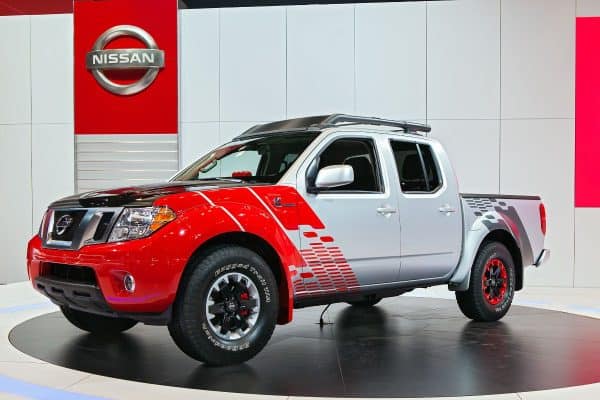
![Portrait of middle aged bearded truck driver standing by the truck and showing his commercial driver license. Focus on CDL license. Truck driving school and job openings, Do You Need A CDL To Drive A Box Truck [By State]](https://veasks.com/wp-content/uploads/2022/11/PORTRA1-600x400.jpg)
